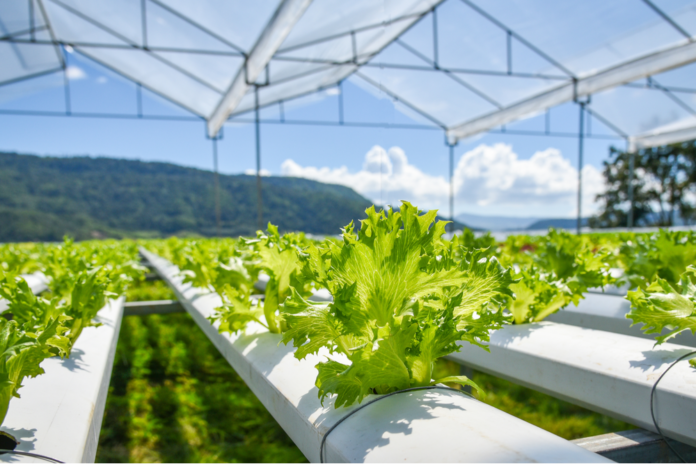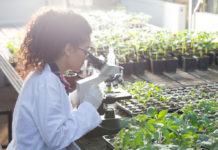Growth and development on a global scale came with an opportunity cost to the environment. Human activity has had a direct causal relation with many extinctions in the last two centuries as compared to the millions of years that extinctions naturally occur.
In attempts to expand through urbanization and the ability to feed ourselves, humans shifted from hunting and gathering to establishing settlements and plantations where we burned hectares of land to grow our own food.
Centuries later, we are now grasping the concept of you reap what you sow. Sustainable development and environmentally-friendly lifestyles are concepts that are now entering our minds. After the misuse and misappropriation of the world’s finite and precious resources, we are now understanding that we are pillaging Earth and wantonly stealing resources from future generations.
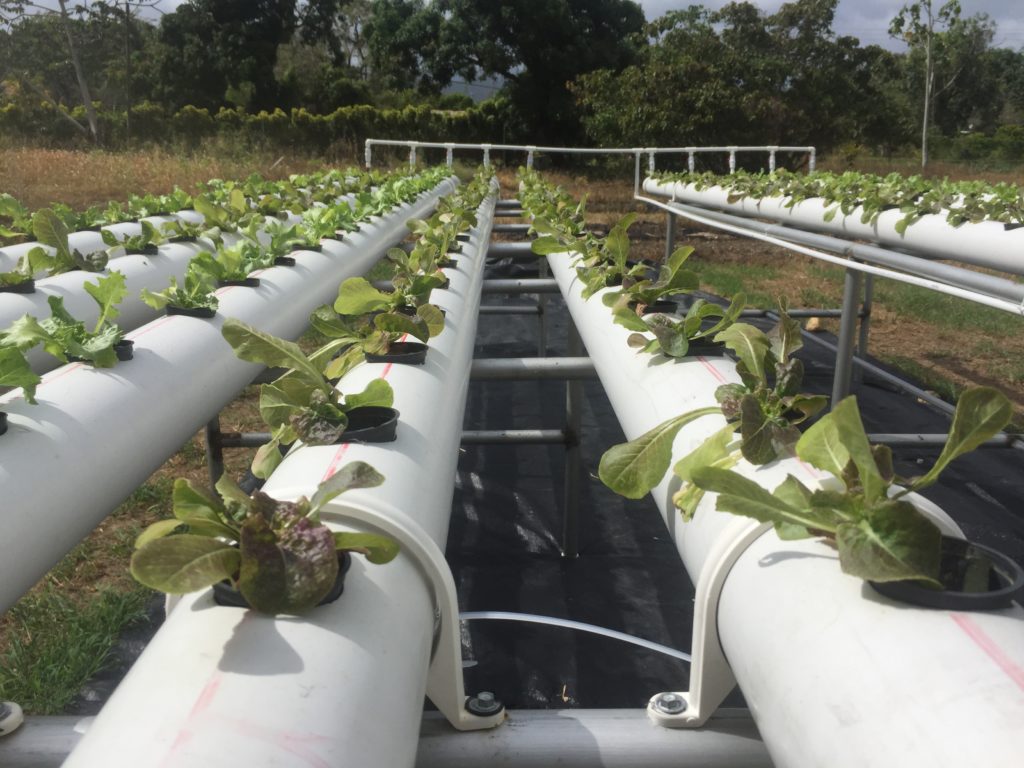
As we progress through the 21st century, human activity is changing the world in unprecedented ways. Human activity is said to be directly linked to climate change and loss of biodiversity for both flora and fauna. So, since we’ve all contributed in some way or another to the morbid state of the environment today, we must all help make our world a healthier, greener, and more sustainable place.
Although there is no clear-cut answer, hydroponics can help. Here’s how.
Urban Agriculture and Hydroponics
In many developing countries, the urbanization process increases the levels of urban poverty, environmental pollution and food insecurity. By unitizing vacant spaces and incorporating innovation, urban agriculture will serve as an opportunity for improving food supply, health conditions, local economy and environmental sustainability altogether.
One innovative tool used in urban agriculture is hydroponics which provides an avenue for soil-less farming. From the early descriptions of the hanging Gardens of Babylon and the Floating Gardens of China, hydroponics has been in existence for a very long time.
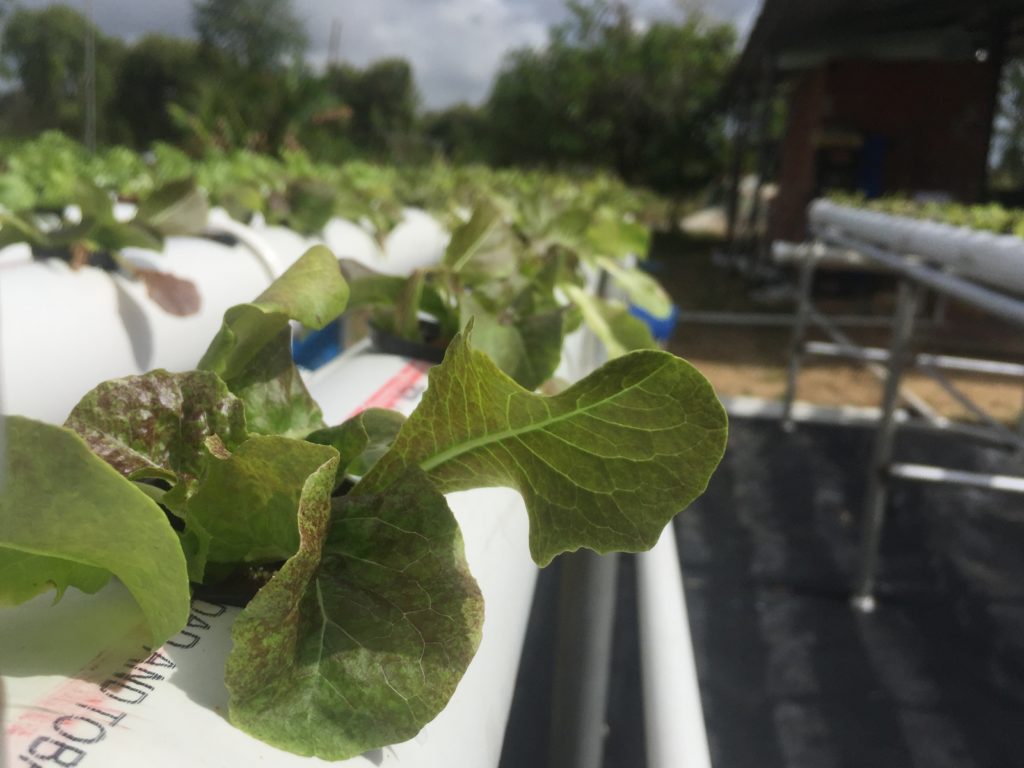
What is Hydroponics?
Hydroponics is the process of growing plants, whether it’s for food or horticultural purposes, using nutrient-rich water. Scientists have looked at hydroponics as a means to address the various pressures like economic crises, environmental pressures, and climate change, which greatly plague the global food supply system and affects the food chain stability and threatens global food security.
It’s easy to adapt hydroponics for urban agriculture. Today, one of the major hindrances to agriculture productivity is the scarcity of land. One of the key benefits of hydroponics is its flexibility for limited space.
Urban planners from developed countries like the United States, China, India and Germany have long adopted hydroponics and urban agriculture as a means of abatement against the various emissions and to help minimize their cities carbon footprint. But our examples don’t have to come from so far.
Hydroponics in Trinidad and Tobago
Check out what’s being done by HyGroGen, a local hydroponics and aquaponics company, in Trinidad and Tobago.
In Trinidad, the concept of rooftop gardening has been already adopted. At the University of The West Indies, the Faculty of Food and Agriculture grows food hydroponically on their main building (Frank Stockdale) for years. The garden is used to test a variety of hydroponic technologies and to grow a variety of lettuce, kale, arugula, and bodi beans.
Even a local Inn has adopted the idea of rooftop gardening. Forty Winks Inn located at 24 Warner St, Port of Spain, uses their urban garden as a major attraction as it includes various horticultural plants and adds a bit of greenery to the concrete jungle surroundings.
Urban agriculture doesn’t just use hydroponics on rooftops, many of the locals in Trinidad and Tobago also adopt small hydroponic gardens in their apartment complex. These systems are used to supplement the growing cost of fresh produce in the city as many homeowners grow the crops that make up their staple for every day consumption. This not only adds appeal to their home’s aesthetics but they also moonlight and help to scrub the daily air impurities they face living in a highly polluted area like the city. All you need to add is water!
As an example of phytoremediation, plants convert carbon dioxide into oxygen through the process of photosynthesis and root-associated microbes convert toxins in the air into nutrients the plants eat and thrive on.
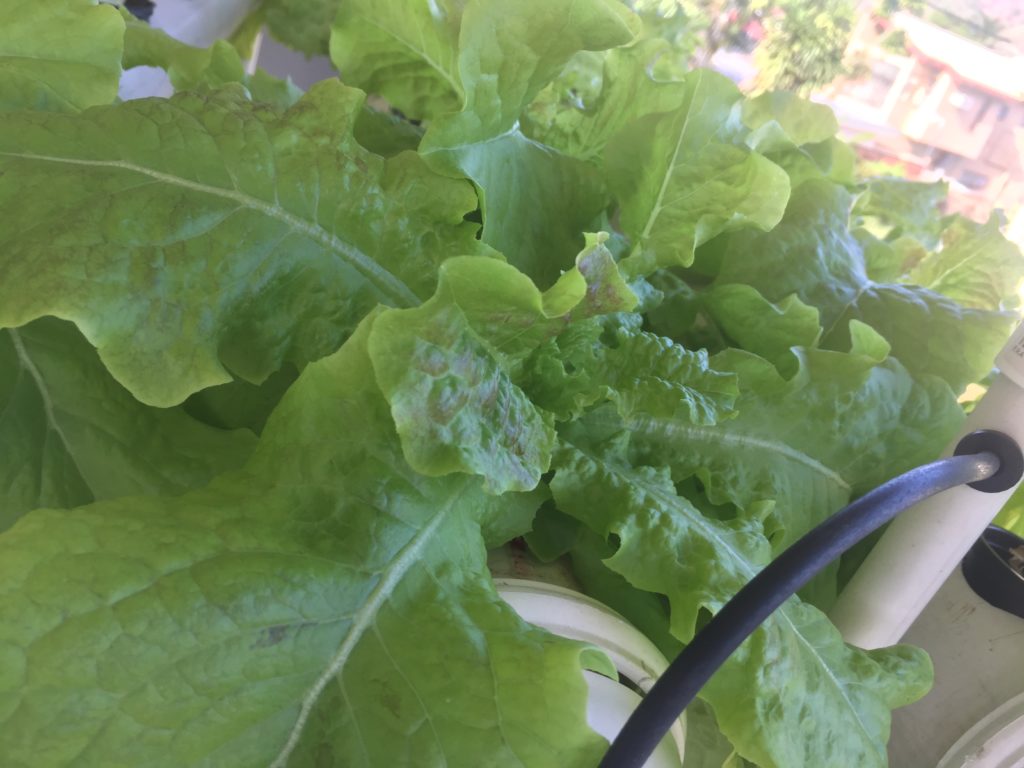
Green Building and Hydroponics
The environmental protection agency of the United States of America describes green building as creating structures that are environmentally responsible and resource-efficient throughout a building’s life-cycle from sitting to design, construction, operation, maintenance, renovation and deconstruction.
Many architects today try to incorporate horticulture into their designs to appeal to the growing demand for buildings that are environmentally responsible. To facilitate growth where there is little to no soil available, agricultural engineers use hydroponic technology to facilitate innovative designs such as grow walls and various interior designs ideas with live plants.
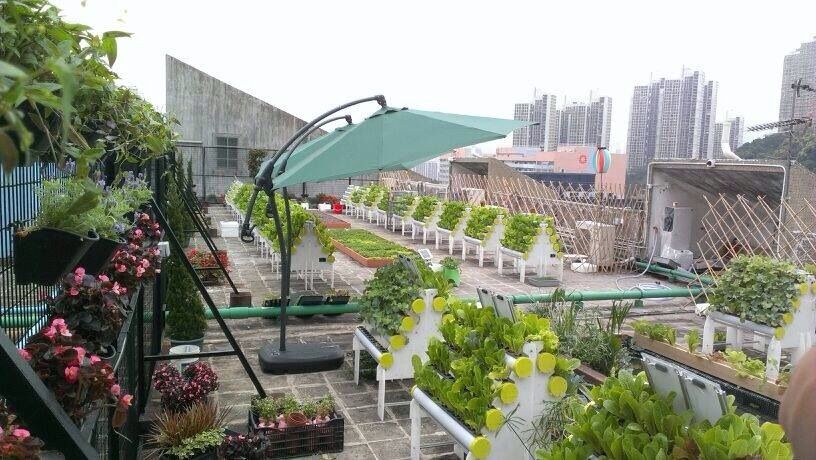
Grow walls are panels of plants, grown vertically using hydroponics, on structures that are either free-standing or attached to walls. Yes! These are living plants that actually grow. Grow walls are often referred to as living green walls, vertical gardens or eco-walls.
A local example is the RGM Savannah East building at Port of Spain, Trinidad, which has a stunning garden both on the walls outside at the entrance of the building and the inside. The grow wall gives the appearance of a waterfall which irrigates the beautiful ornamental plants. These sub-irrigated plants help to clean the air and make buildings more livable while saving water as the water unused by the pants are recirculated for future consumption.
Many users of this technology often use plants that help repel various intruding and unwanted insects like the marigold that acts as a natural pest repellent or even natural scented plants like Orchids and many varieties of mints. Of course, this helps to minimize the use of aerosol which is detrimental to the environment, specifically the ozone layer.
Hydroponics cost to the environment
While hydroponics definitely has its benefits to the environment such as aiding as an abatement technology to help clean the air impurities, increase plant production, reduce water wastage, food insecurity, environmental contamination and cultivation space, it doesn’t mean that there is no cost to the environment.
For example, most efficient hydroponic designs require a pump, which is often powered by electricity. Many studies have shown that hydroponics has a high energy demand for supplemental artificial lighting, water pumps, and heating and cooling loads. Luckily, today there are renewable sources of power.
However, the materials and set-up are costly. In addition, although some innovators try to use as much recyclable material as possible, hydroponics system often use a great deal of plastic material.
So, does hydroponics help our environmental crisis? It surely does! However, it is only a tool and its effectiveness depends on how well we use it.


